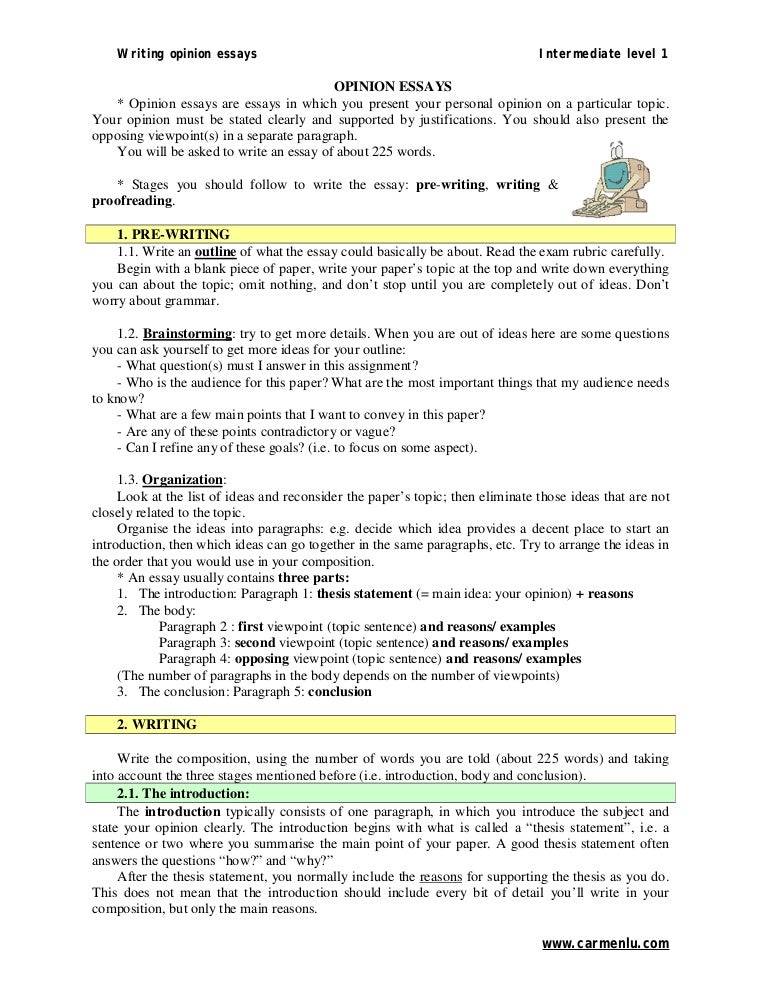
The first steps to column writing are remembering why you are writing and your audience. In the sample column, "Helpful Hints," the columnist has a general homemaker audience in mind. The style is light with personal pronouns (I, you, your) liberally included. The lead sentence clues the reader to the column's Mar 17, · How to Write An Opinion Column Be Brief and Timely. Before you begin, consider whether your main theme fits the word limit that most publications Grab Readers' Attention. According to Duke's guidelines, a typical reader takes 10 seconds to How to Write an Opinion Piece for a School Newspaper. Editorial or Column. The difference between an editorial and a column is simple. An editorial is the collective view of the newspaper and is generally Choosing the Subject. Laying Out Your Argument
How to Write an Opinion Piece for a School Newspaper
If you have a strong opinion about a timely social issue, it can be a cathartic experience to write about it, and you can share your unique perspective with others. The following tips may help you get started:. Timing is essential. Readers and editors are interested in hearing opinions about issues that currently dominate the news. Strategic planning also includes looking ahead, to holidays, anniversaries or expected news cycles. Shorter is often better. Newspapers have limited space to offer, and editors will delete submissions rather than spend time cutting a piece down to size.
Plan on submitting a high-resolution head shot along with your email text. Put yourself in the place of an uninformed, perhaps disinterested, reader and ask yourself: Would I read this?
Would I care? Target your suggestions to real people, and appeal to their self interest, not yours. An op-ed is an opportunity for you to offer well-reasoned, specific recommendations. This does not include arguments for more research, or vaguely urging people to work out their differences. We remember colorful details better than dry facts. Look for examples that will bring your argument to life. Sentences are fairly short in most how to write an opinion column for a newspaper. If you are a sociologist who studies food security issues, describe your experiences and personal interactions at the local food bank.
When in doubt, leave it out. If you are writing in response to an earlier essay that made your blood boil, avoid the temptation to prepare a point-by-point rebuttal, how to write an opinion column for a newspaper. Mention the earlier article once and focus on your own argument. You may restate your opening lead using alternate wording.
Authors improve their chances of pickup if they lighten up, have some fun and entertain the reader a bit. Newspaper editors despair of weighty articles and delight in cultural references, humor, provocation or unexpected angles. There are usually other news outlets, large and small, and it is often possible to reframe your piece for a later news cycle.
Linfield News Home.
How to write an opinion article
, time: 1:295 Ways to Write a Newspaper Column - wikiHow

How to Write and Place an Opinion Column • Track the news and jump at opportunities. Timing is essential. Readers and editors are interested in hearing opinions • Recognize a newspaper’s specific word limit. Shorter is often better. Newspapers have limited space to offer, and • Make a single Estimated Reading Time: 4 mins Mar 17, · How to Write An Opinion Column Be Brief and Timely. Before you begin, consider whether your main theme fits the word limit that most publications Grab Readers' Attention. According to Duke's guidelines, a typical reader takes 10 seconds to The first steps to column writing are remembering why you are writing and your audience. In the sample column, "Helpful Hints," the columnist has a general homemaker audience in mind. The style is light with personal pronouns (I, you, your) liberally included. The lead sentence clues the reader to the column's
No comments:
Post a Comment